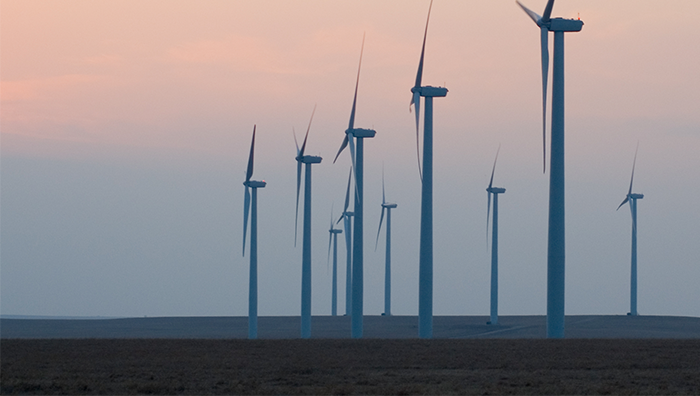What does climate leadership and a 'fair share' look like?
This Briefing Paper is based on the Nature Climate Change publication, ‘National post-2020 greenhouse gas targets and diversity-aware leadership’, by Dr Malte Meinshausen and others. The paper is also the basis for an interactive webtool that allows users to determine how much each country will need to reduce its annual greenhouse gas emissions for the world to stay within the 2°C guardrail. It can be viewed at www.mitigation-contributions.org.
Executive Summary
A major barrier to global climate action is an inability by nations to agree on a fair way to share the emissions reduction burden. There are two broad views on this. Distributive justice calls for emission allowances to be distributed equally across the global population. Corrective justice calls for emission allowances to be distributed in such a way that people from countries with the highest historical emissions play a greater role in reducing future emissions. This paper suggests an alternative approach that it calls ‘diversity-aware leadership’. Under such an approach, a likely chance of keeping global warming within 2°C is maintained, and each nation is free to choose its own form of justice, provided there is strong leadership from one major economic power and other countries agree to match the leader’s effort.
For the United States to show such leadership it would have to adopt a 2030 target of -75% on 2010 levels. Matching that effort would require the following 2030 pledges:
- European Union: -50%
- China: -4%
- Australia: -65%
Leadership from the EU would require it to adopt a 2030 target of -61% on 2010 levels. Matching that effort would require the following 2030 pledges:
- US: -59%
- China: -6%
- Australia: -50%
Climate leadership from Australia would require it to adopt a 2030 target of -66% on 2010 levels, which is the same as reducing 2005 emissions by 68%. This is almost three times more ambitious than Australia’s current target.
Related media:
- Follow the leader: the roadmap out of climate deal gridlock
- Most countries need to at least double their effort on climate
- Choose your own climate adventure: a new webtool lets you build a global deal
Authors
Anita Talberg
Australian German Climate and Energy College
University of Melbourne
